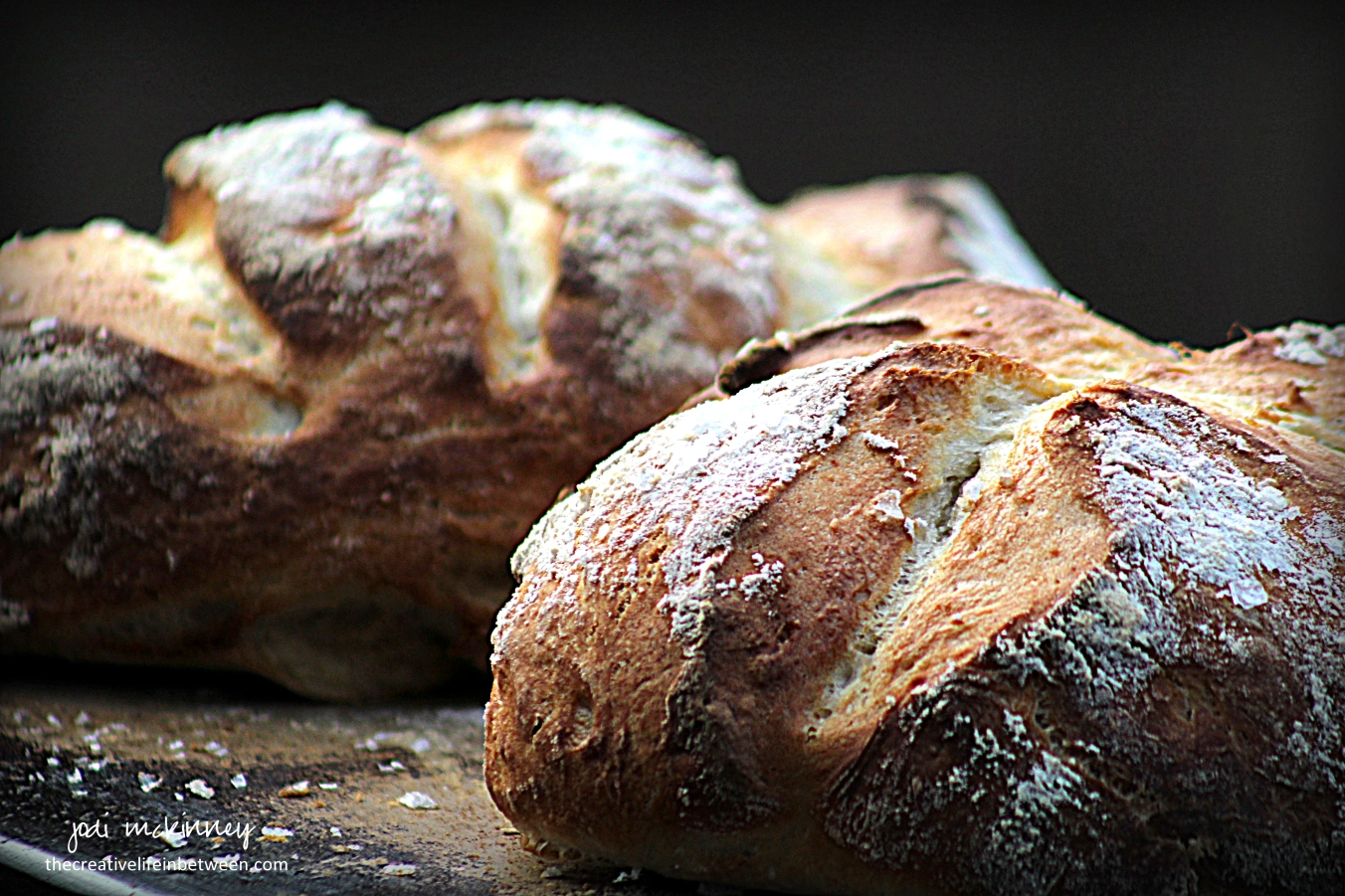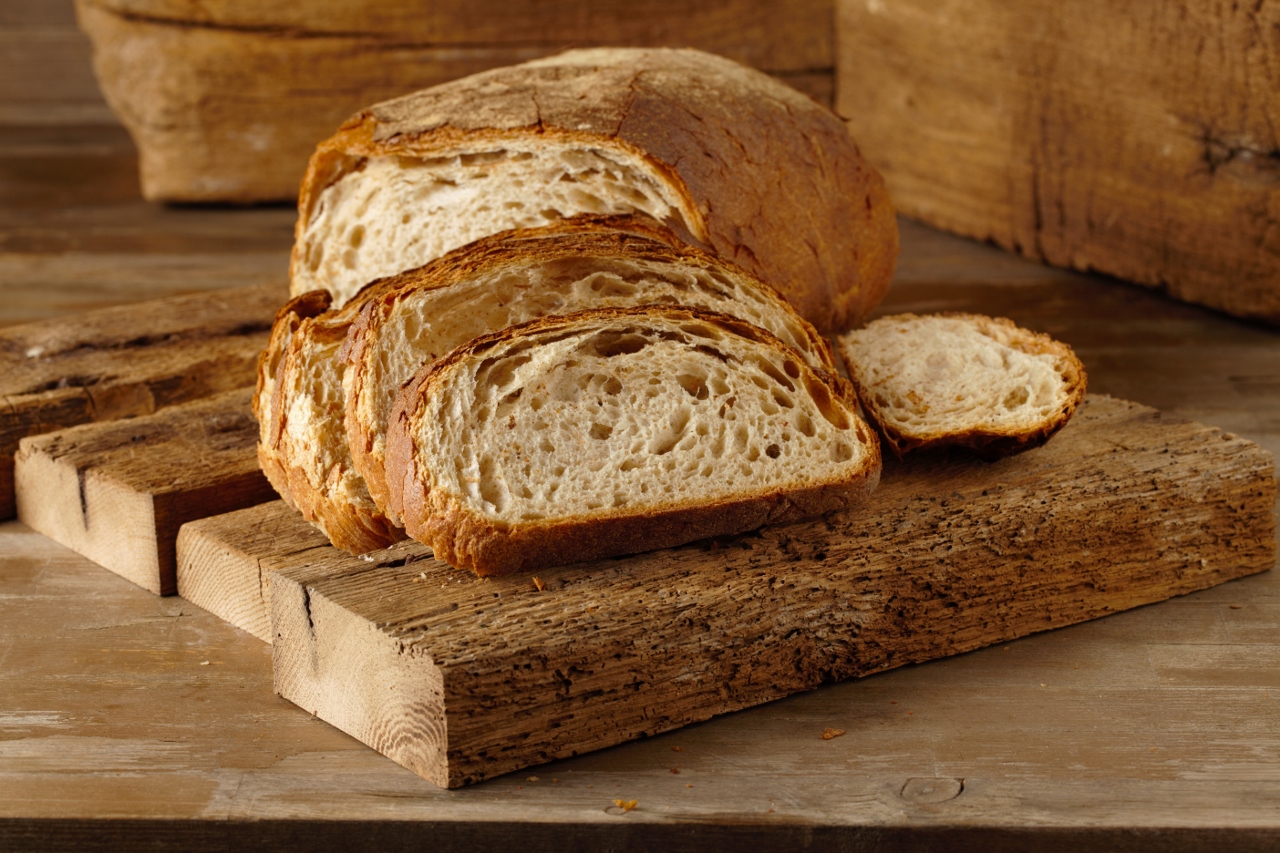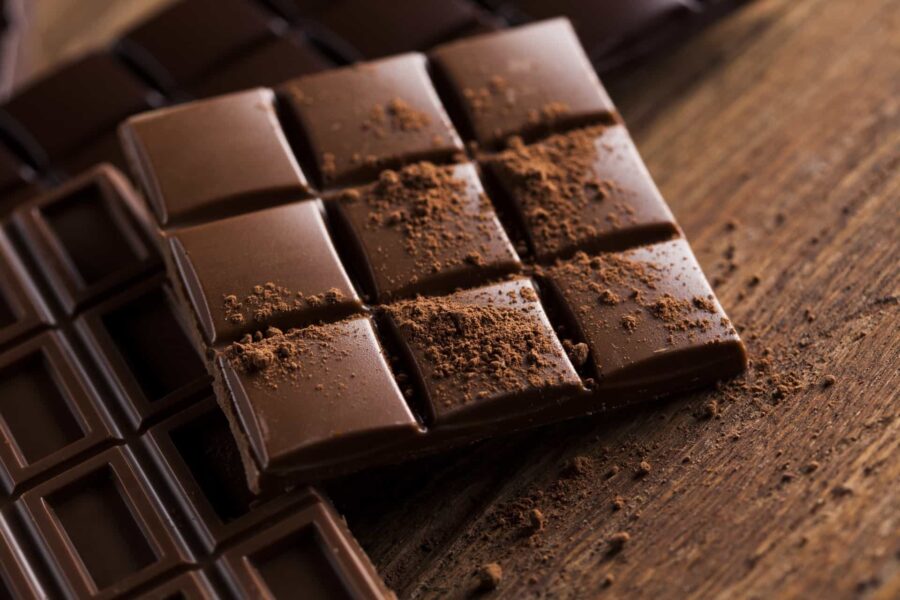Baking bread at home can be rewarding and delicious. Here’s an ultimate guide to help you craft the perfect loaf from scratch.
Understand the Basics
Bread is a combination of flour, water, yeast, and salt. The magic happens when these simple ingredients are mixed, kneaded, and given time to rise.
Choose the Right Flour
The type of flour you use will determine the texture of your bread. For a hearty loaf, whole wheat flour is great. For a lighter, airy bread, bread flour or all-purpose flour works best.
Getting the Yeast Started
Active dry yeast and instant (or rapid-rise) yeast are the most common types. Whichever you choose, make sure it’s fresh. Yeast is alive and needs to be ‘proofed’ with warm water to ensure it’s active.
Mixing and Kneading
Combine your ingredients in a large bowl. Once mixed, knead your dough on a floured surface. This process develops the gluten in the flour, giving the bread structure and elasticity.
First Rise (Proofing)
Place the kneaded dough in a greased bowl and cover it with a towel. Leave it in a warm place to rise until it’s doubled in size, which usually takes about 1-2 hours.
Shaping the Dough
After the first rise, punch down the dough to release any air bubbles. Shape it into your desired loaf. You can make a standard loaf, rolls, or even a baguette.
Second Rise
Place the shaped dough into your baking pan or on a baking sheet and cover it. Allow it to rise again, which will give it its final size and shape.
Scoring the Bread
Before baking, make shallow cuts on the surface of your loaf. This allows the bread to expand in a controlled way as it bakes.
Baking Your Bread
Preheat your oven to the temperature specified by your recipe, usually between 375°F and 450°F (190°C and 232°C). Place the bread in the oven and bake until golden brown and hollow-sounding when tapped.
Cooling
Once baked, let your bread cool on a rack before slicing to prevent it from becoming soggy.
Troubleshooting
If your bread is dense, you may not have kneaded it enough or let it rise properly.
If the crust is too thick, you might have baked it too long or at too high a temperature.
If the bread is too dry, check the moisture content of your dough and the baking time.
Tips for Success
Measure ingredients accurately. Baking is a science, and the right proportions are key.
Be patient. Good bread takes time.
Experiment with flavors by adding nuts, seeds, or spices to your dough.
Enjoy the Process
Remember, bread making is both an art and a science. Each time you bake, you’ll learn more about what works for you and your oven.
Homemade bread is about more than just the end product; it’s about the experience of creating something from scratch. The smell of freshly baked bread, the warmth of the oven, and the satisfaction of your first bite make the process well worth it. Enjoy the journey of becoming a bread baking master!





